It is the third largest city in Montenegro, but it is in no way inferior to others in terms of beauty and entertainment. Welcome to Kotor, a pearl famous for its magnificent estuaries. A walk through the streets of this city will give you a relaxing atmosphere in which history and nature alternate. And so you can arrange a walk or a boat trip, and then decide to go and visit local museums or churches. Many treasures cannot be missed, starting from the beaches of Montenegro and ending with villages or traditional shops. Discover all its main attractions.
Bay of Kotor
This wonderful pool complex is a corner of extraordinary beauty. The “Bride of the Adriatic” (another name for Boka Kotorska) is the southernmost fjord in Europe. Magic is surrounded by mountains (which reach even 2 thousand meters), which can also be visited by boat. You can also complete the route by car: a journey full of exciting and unmistakable landscapes awaits you. One of the most picturesque routes, of course, is the “50 sharp turns road”, which reaches Cetinje from Kotor and partially crosses Lovcen National Park. This natural port of the Adriatic is surrounded by picturesque villages that can be visited.
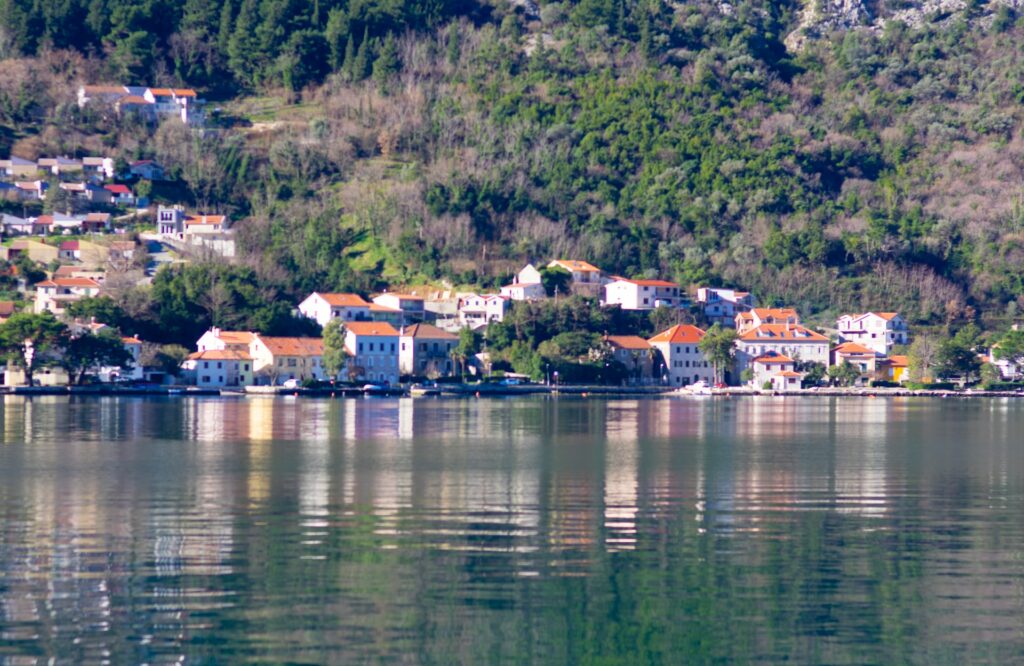
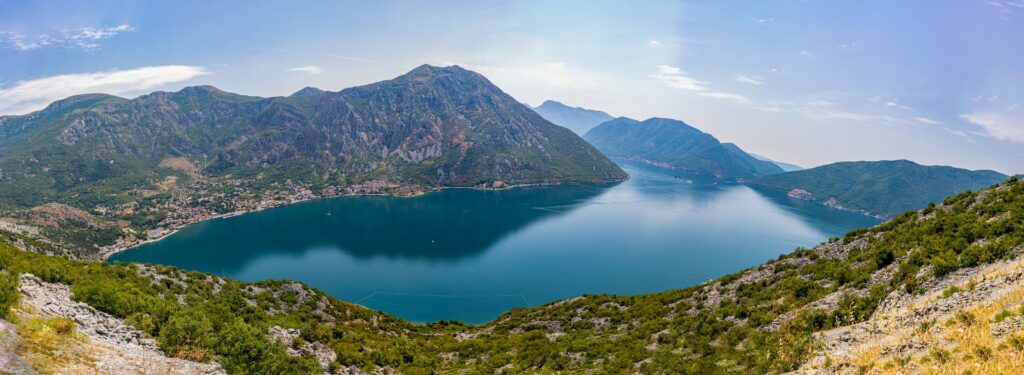
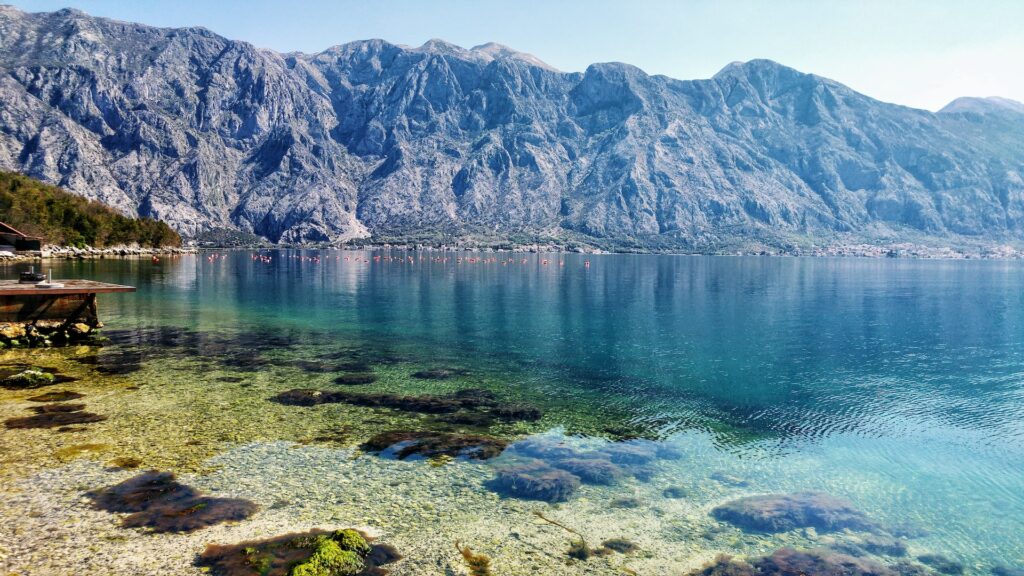
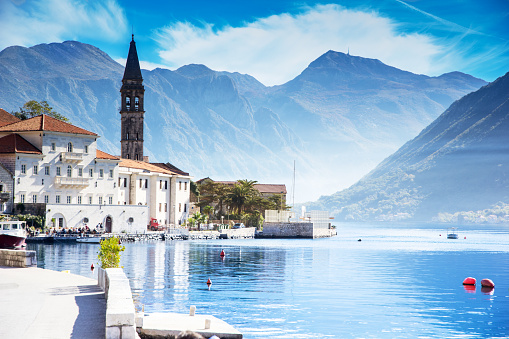
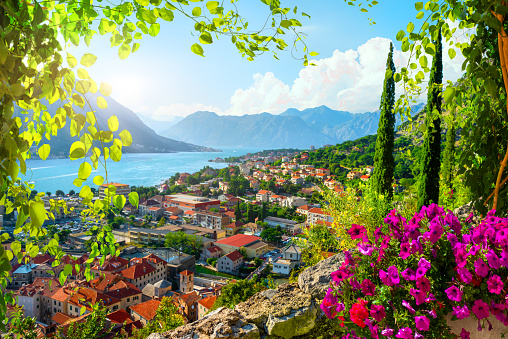
Boka Kotorsky, stretching along the coast for 28 kilometers, is a unique symbiosis of various landscapes and artistic beauties. Inside you can cross different climates: from the Mediterranean to the subalpine. This leads to the emergence of various ecosystems characterized by a variety of plants, trees, and fauna. The territory extends over more than 12 thousand hectares, of which 2,600 are covered by the waters of the sea. The most important endemic species is the Kotor snail, which lives only on the walls of the city. Another characteristic feature of this area is that it is heavily quarried. The water coming from the precipitation goes underground and forms underground rivers flowing into the sea.
For many years, this area, due to its strategic position, was used as a naval base first by the Venetians, and then by the Austro-Hungarian Empire. The mild and pleasant climate has contributed to the emergence of human settlements since ancient times. Suffice it to say that prehistoric traces of paintings dating back to the Bronze Age have been found in some villages. The area was conquered by the Romans, who ruled here for a long time, and then came under the rule of Byzantium. This was followed by a period of great economic recovery, especially during the Venetian and Austrian periods.
Sea Gates
Kotor is a city full of offers and glimpses. The main entrance to the city will be conspicuous. The main one is the Sea Gate, built during the Venetian rule. To capture the period, there is a winged lion of San Marco. As you cross the entrance, another curiosity awaits you: a stone bas-relief depicting the Madonna and Child and Saints Bernard and Tryphon.
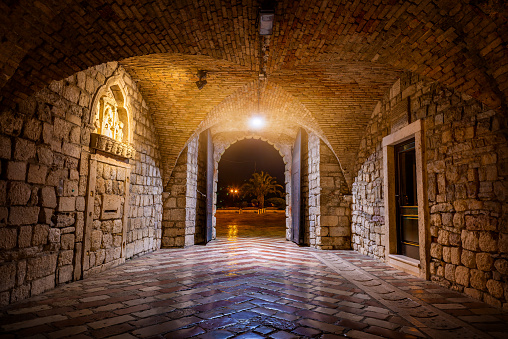
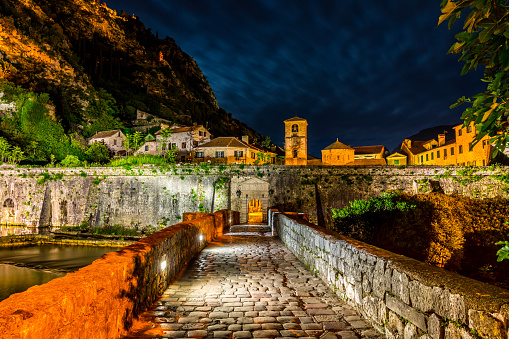
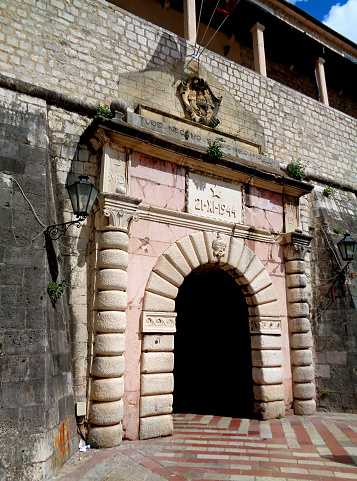
The other door is the River Door, which is located in the north and is a green and very quiet corner. The door dates back to 1540 in memory of the Ottoman attack. The entrance opens onto a moat with icy water that flows directly from the Skurda River. The last gate (Gurdik door) is located in a very quiet area where you can get lost in simple streets in a very relaxed atmosphere. We are located in the southern part of the city, in a part not very popular with tourists.
To get an incomparable view, it is possible to climb 1350 steps that reach the hill of San Giovanni up to 260 meters in height. It offers a panorama of the Bay of Kotor and the red roofs of the historical center. Two entrances will lead you to the steps, near the North Gate and the South Gate. The walls are 15 meters high and stretch for more than 4.5 kilometers until you reach the Bastion of San Giovanni. All these treasures allowed Kotor to be included in the UNESCO heritage.
Cathedral of St. Tryphon
In the old part of the city, there is the Cathedral of St. Tryphon, built in 1200 in the Romanesque style, enriched with elements and decorations reminiscent of Byzantine architecture. The building is famous for the fact that it houses the relics of the patron saint of the city. During its history, the church has been destroyed several times, but it has always been reconstructed (for example, after the earthquake of 1667). Two Baroque bell towers were added later, in the 17th century. Inside the building, you can admire the masterpiece near the altar: the bas-relief adorning the facade is one of the greatest treasures of the city.
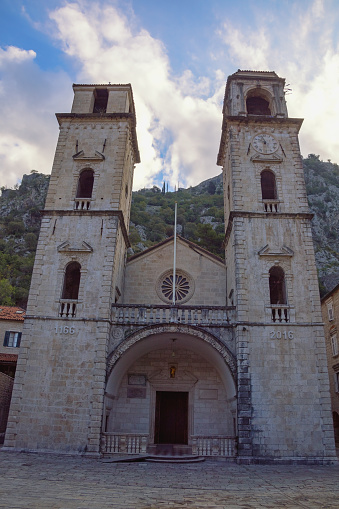
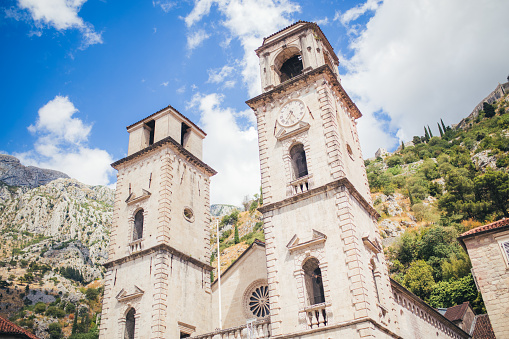
You can also admire a wonderful collection of silver paintings and objects, as well as a Greek marble sarcophagus. Among the treasures, there are also several gold and silver relics dating from the fourteenth and seventeenth centuries. The interior of the church is made in Romanesque style with Corinthian columns alternating with pink stone columns. Instead, on the top floor, there is a Museum of Sacred Art, which exhibits paintings, a wooden cross from 1100, and various sacred garments. On February 3, the feast of Saint Tryphon is celebrated with a solemn mass, a procession through the city, folk dances, and events that last several days.
Maritime Museum of Montenegro
Due to its strategic position, Kotor has been a port of great importance for centuries. The naval importance and prestige of this city are marked by the Maritime Museum of Montenegro, which is located in an exquisite nineteenth-century palace. The building is characterized by a pink facade, from which two stone balconies with balustrades stand out. The three-story collection includes models of ships, weapons, photographs, paintings, and uniforms.
The museum’s offer is also complemented by banners, marine instruments, artifacts, and photographs. An interesting exhibition also tells about how maritime trade developed in the area of the Bay of Kotor, offering a unique look at the traditions and folklore of the inhabitants. The rooms on the ground floor are dedicated to Venetian furniture with 5 rooms to visit.
Blue Cave
After leaving Kotor a little, you will discover a corner of the sea with bright colors, almost in the Caribbean style. It is stored inside a Blue Cave, a cavity, not far from the Bokko Katorskaya, which opens to the coast. You will find yourself in front of a kind of natural pool surrounded by high rocky walls. You can dive or stay on the boat to admire the beautiful reflections created by the sun rays disappearing inside the cave.
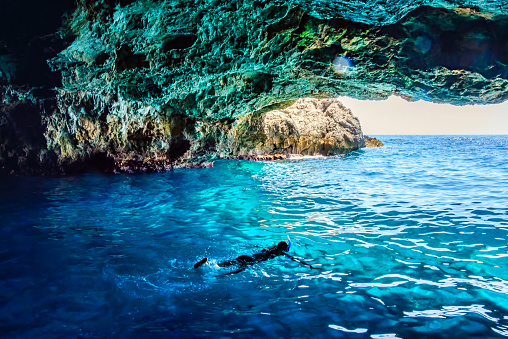
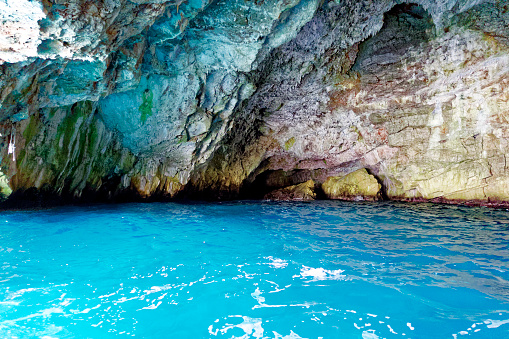
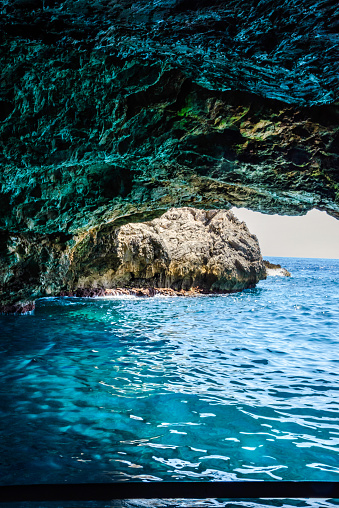
The color of the water changes depending on the time of day: from the blue of the early morning to the dark blue of the middle of the day, which again turns into the blue of sunset. To get to the Blue Grotto, you can arrange excursions (including kayaking) or use boats that depart from the beach of Janice (which is about 25 kilometers from Kotor).
Perast
Along the Bay of Kotor, several picturesque villages can be easily reached from Kotor, among them one of the most accessible is Perast. From here, water taxis go to the island of Madonna Dello Scalpello (also called Our Lady on the Rocks), a small artificial island built on a rock. Perast was built over the centuries from stones and parts of shipwrecked ships.
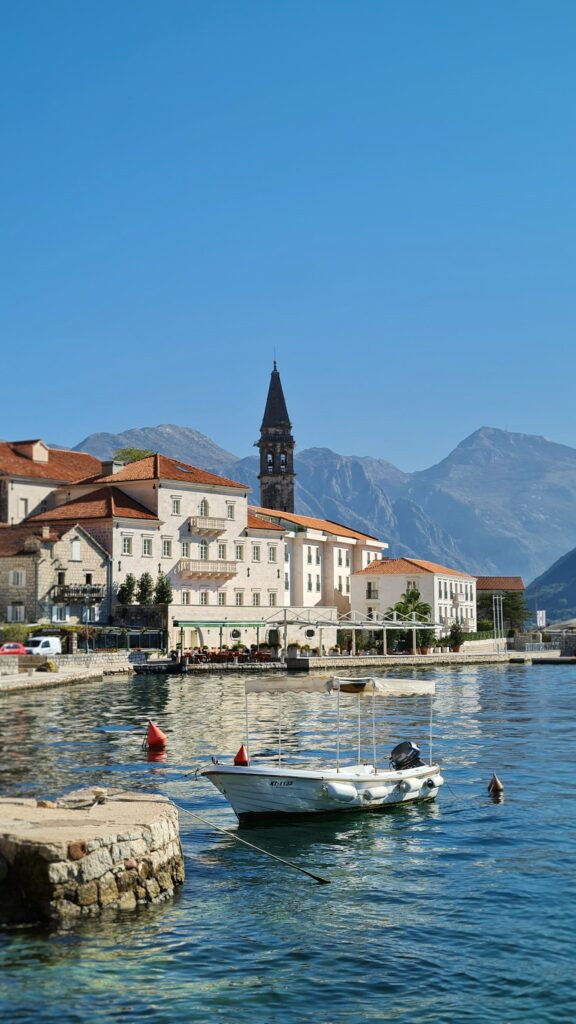
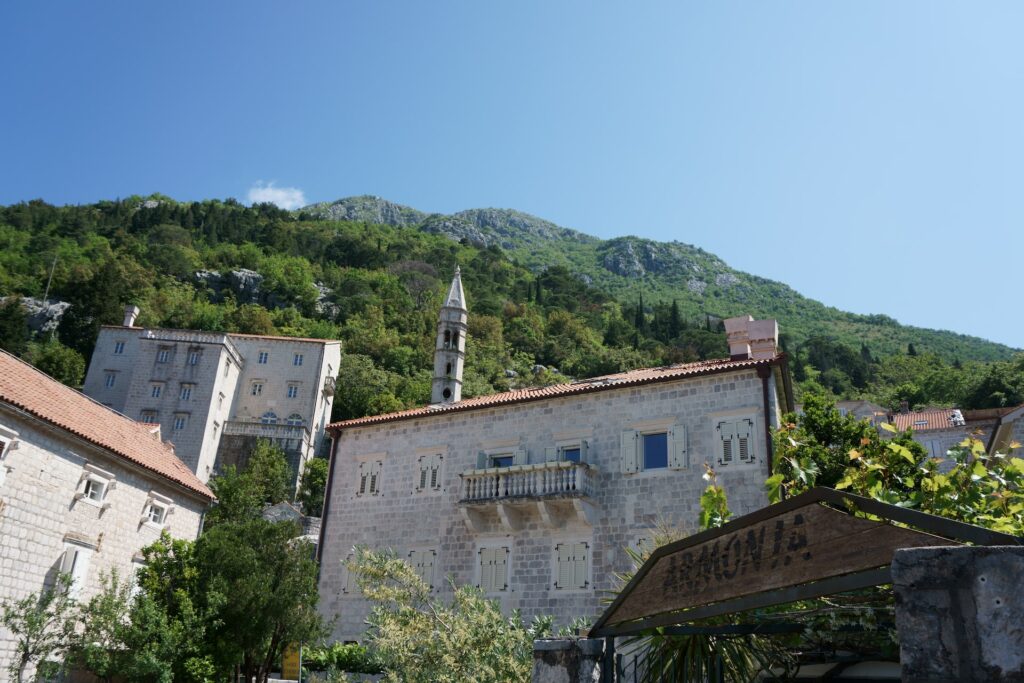
There is a sanctuary on the island built between 1600 and 1700: from a distance, it seems almost suspended above the sea. The small church is a real treasure chest, with symbols, and shreds of evidence of local history and traditions. This small island is really good, in addition to the sanctuary, you can also visit a small local history museum and a shop. The highlight will be quiet corners and romantic glimpses that the landscape and the neighboring island of St. Giorgio will give you.
Cathedral Church of St. Mary
This is another symbolic and majestic church, built in 1200 on the ruins of a previous early Christian basilica. A huge bronze door decorated with bas-reliefs is a much later addition. Inside the building stands out a crucifix of a special shape and a glass box containing the body of Blessed Hosanna from Cattaro. The frescoes date back to 1300.
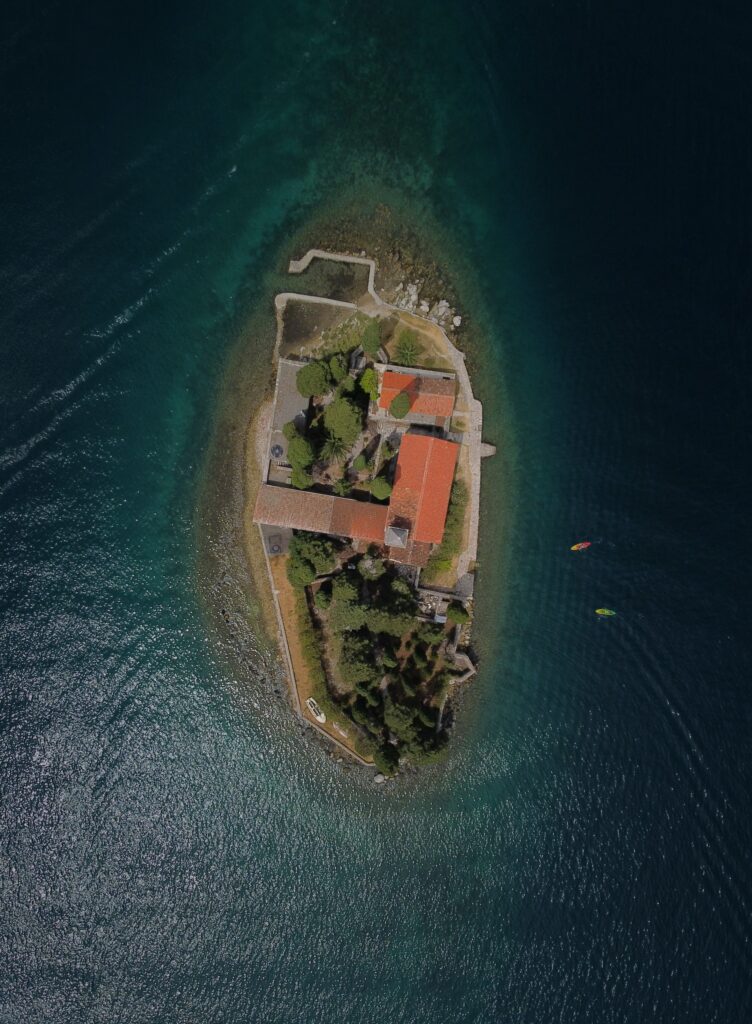
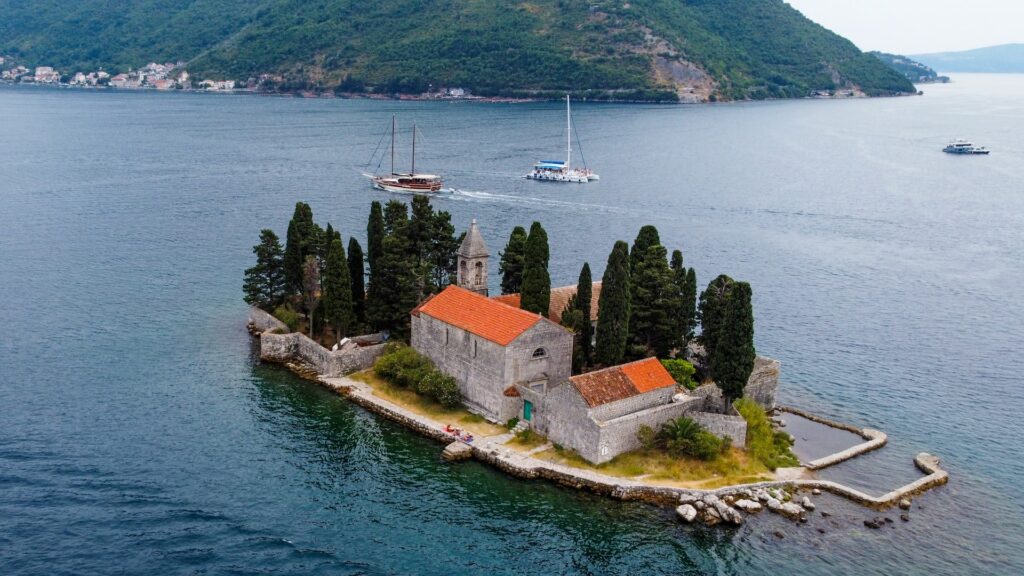
Among other important churches (there are 30 in the city) for the history of Kotor, there are also the churches of St. Luke and St. Nicholas. The first was born with a Catholic identity, but from 1657 to 1812 it was also used by the Orthodox community. Curious was the presence of two altars, where two communities alternated the service of the mass. The second, on the contrary, is an Orthodox church, built in 1909 and characterized by a strong smell of incense and wax.











No matter what social platform you’ve scrolled the most, Montenegro has been omnipresent, a very popular destination that got a lot of coverage. I already had Podgorica on my list, adding Boka Kotor to it since it’s only a two-hour drive.
Lovely fjord with lots of scenic routes. If you’ve ever been to Dubrovnik you can picture Boka Kotor very similar to it, just less crowded. Rent a car and set up your own checkpoint using whatever travel app you fancy. It has everything, both mountain and sea views, lovely architecture, a clear winner for me. If you want to get the most out of it, book a boat trip. If you’re lucky and the sky is clear, the whole experience will feel surreal.